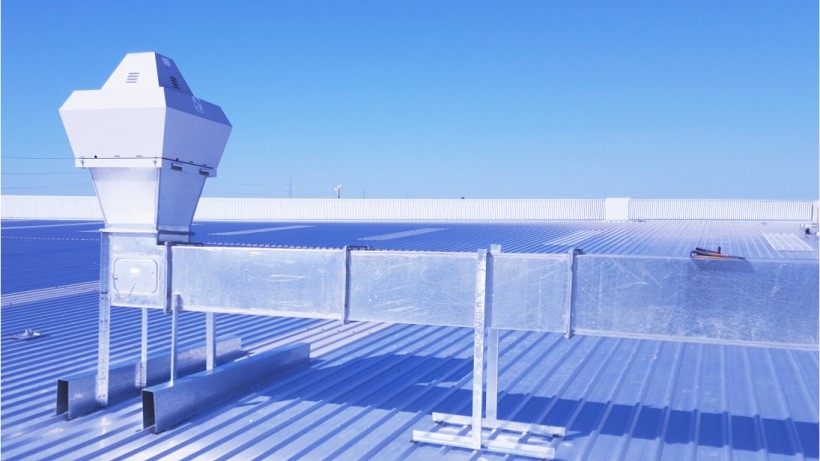A differential pressure switch is a device that uses a differential air pressure to operate an electrical switch at a preset actuation point. This can be the difference between two positive or two negative pressures, one of each, one positive and one atmospheric or one negative and one atmospheric pressure. The electric switch can be used to start or stop motors or fans, open or close dampers or shutters, light a warning signal, audible alarms, etc.
How do differential pressure switches work?
Some models employ methods of transmitting diaphragm movement to the power switch button.
When a change in differential pressure occurs between the two sides of the diaphragm, the spring diaphragm moves, transmitting a force to a pressure switch. The switch can be designed to increase or decrease the differential pressure.
Diaphragm movement is resisted by a calibrated spring. This spring determines the differential pressure range within which movement of the diaphragm will trigger the electrical switch. The actuation point is set by adjusting the spring compression or tension.
Lefoo's line of differential pressure switches includes options for various applications, ensuring the right stability for your application.
These pressure switches are ideal for;
• Vacuum or overpressure of the tracking chamber
• Monitoring and control of pressure sensitive processes
• Filter / Level Monitoring
• Flow monitoring
• Air Conditioning Systems
Where is differential pressure measurement used?
Differential pressure measurement is widely used in domestic and industrial applications. It is often the basis of other measurements such as flow, level, density, viscosity and even temperature. The most common are level and flow.
Flow measurement is one of the most common applications for differential pressure transmitters. By measuring the difference in fluid pressure as fluid flows through a tube, it is possible to calculate the flow rate.
Differential pressure flow meters have a primary and a secondary element. Generally speaking, the primary element is designed to produce a pressure difference as flow increases. There are many different types of primary elements, the most common being the orifice plate, flow nozzle and pitot tube.
The secondary element of the flowmeter is the differential pressure transmitter. It is designed to measure the differential pressure produced by the primary element as accurately as possible. In particular, it is important that differential pressure measurement is not affected by changes in fluid pressure, temperature or other properties such as ambient temperature.
A good differential pressure transmitter will ensure that the differential pressure is accurately measured independent of other variable parameters and reliably transmits a signal to represent the differential pressure. In the case of a differential pressure flow transmitter, the output signal may also include square root extraction. Although it is common today for this function to be carried on a Dcs system flow computer.
The differential pressure transmitter output signal is likely to be 4-20mA, but may also include digital communications such as HART, Profibusm Fieldbus, Modbus 485 RTU, or one of many other communication protocols. The purpose is to provide an electrical signal for transmission to a remote process control instrument.



